Empire Arts Center
Introduction
Text-to-speech Audio
Images
The Paramount Theater
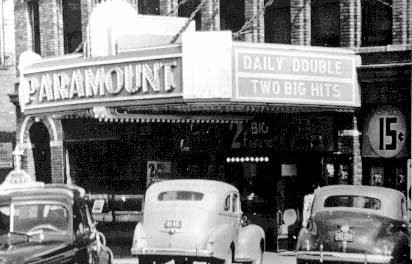
The Paramount Theater with a new marquee
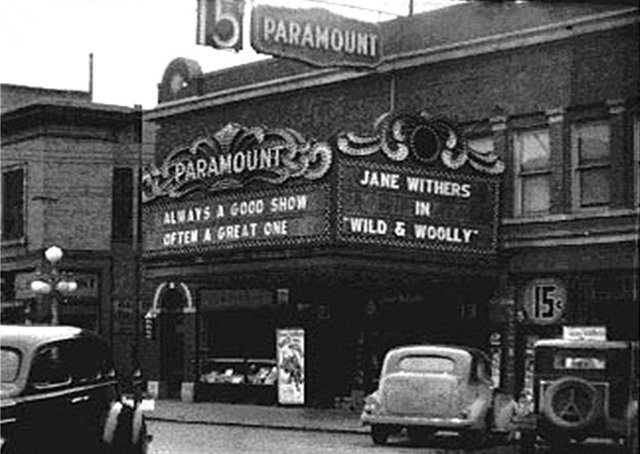
The Empire Theater marquee
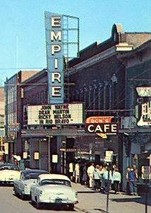
The Empire Theater at night
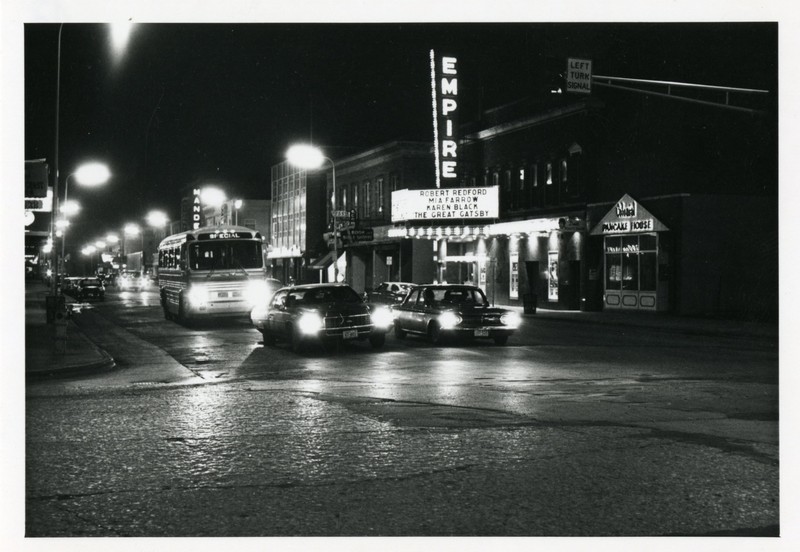
The Empire during the 1990s renovation
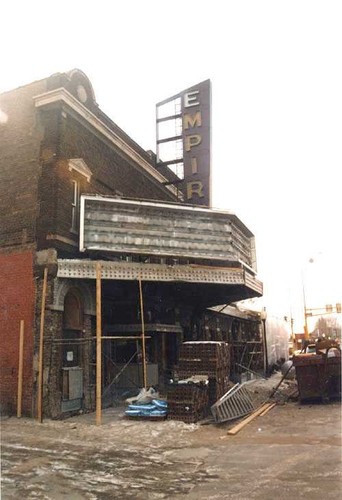
The Empire Arts Center, 2019.
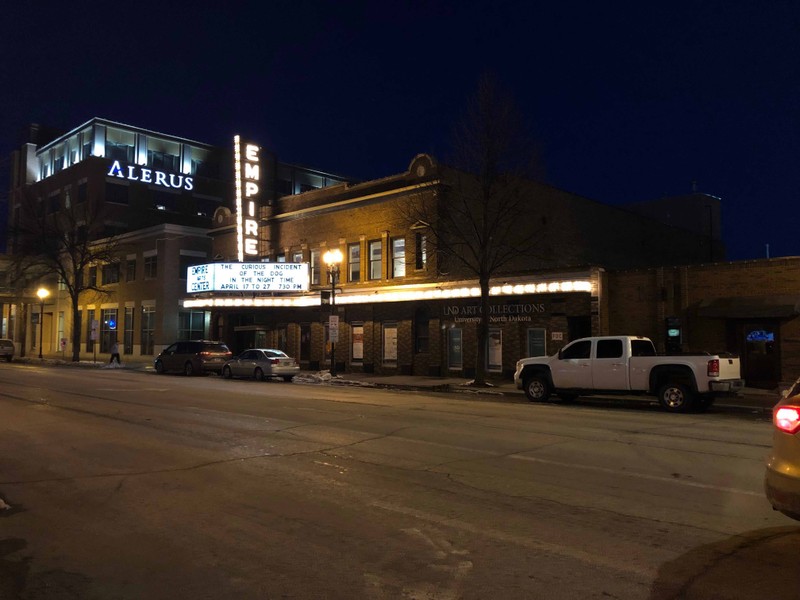
The Empire Arts Center main auditorium
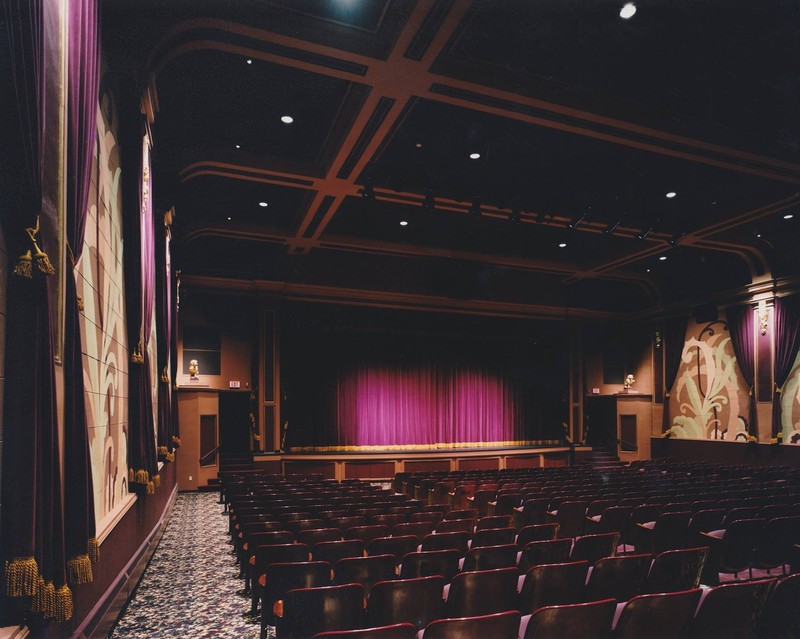
The Empire Arts Center gallery
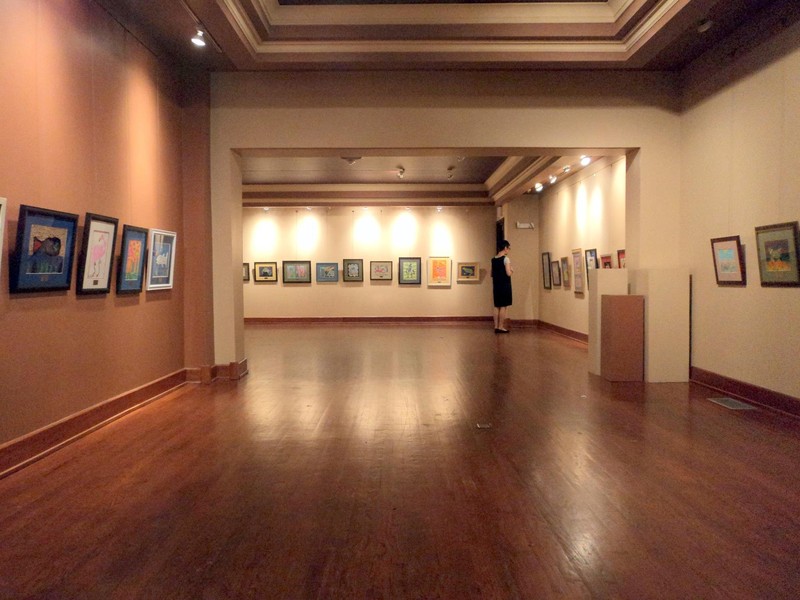
The Empire Arts Center backstage performance venue
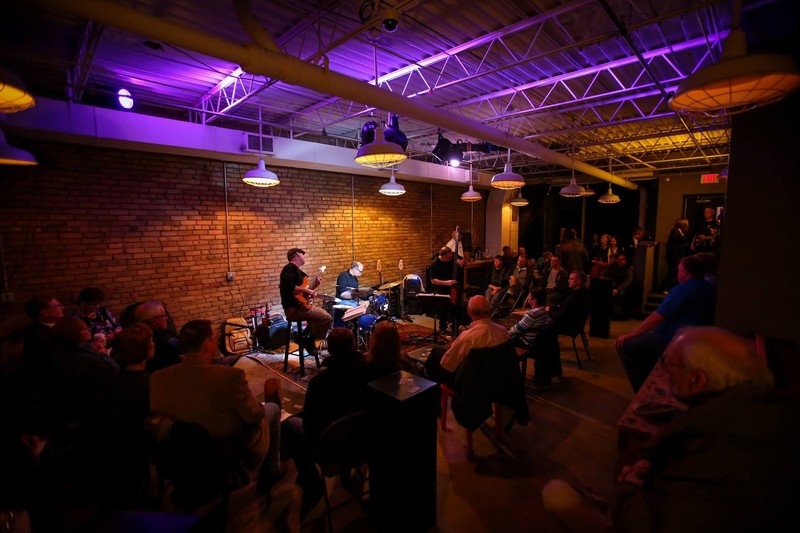
Backstory and Context
Text-to-speech Audio
The Empire Arts Center lies at the heart of the Downtown Grand Forks Historic District. When its original owner, A.J. Kavanagh, first had it constructed in 1919, he wrote the first chapter in the building’s colorful history. The theater was originally opened under the name, The New Grand Theatre. It was boasted as being North Dakota’s finest theater, with newspapers citing its contract with Paramount-Artcraft productions to get new films as early as prominent Twin Cities theaters, premium fireproof design, 948-person capacity, basement tunnels to keep the theater warmer, and extravagant ornamentation. The New Grand was the first theater in Grand Forks devoted to motion pictures and on opening night, November 10, 1919, around 500 people braved a blizzard to see the showing of A Witness for the Defense.1,2
The theater underwent a series of changes through the 20th century. In 1928, it became the first theater in Grand Forks to play a “100% talking movie” with its showing of Lights of New York. The theater’s name changed to Paramount Theatre in 1930 and it added a marquee with 3,000 lights—the largest in North Dakota at the time. The Paramount was renamed the Empire Theatre in 1954 with the addition of cutting-edge CinemaScope equipment and a new marquee that vertically reads, “EMPIRE,” and still exists today. The manager at the time reported the name was changed to represent North Dakota becoming an oil, land development, and industrial empire. The Empire Theater remained much the same for decades until competition from the growing video rental industry prompted it to switch to a 99-cent theater showing budget films in 1987. In 1994, the theater’s owner, Midcontinent Theater company, ceased its operation. Until this time, the theater had shown films for 75 consecutive years.3
The building was given a new life in December of 1994 when Midcontinent Theater Company donated it to North Valley Arts Council (NOVAC), a local arts group.4 NOVAC soon acquired the neighboring Satrom Building and began remodeling the spaces to create one multi-use arts center, named the Empire Arts Center.5 Hal and Kathy Gershman, as well as the Knight Foundation, made substantial early donations to kickstart the fundraising campaign.6 The renovation process suffered a significant setback during the 1997 Red River Flood. The theater narrowly escaped the fire that followed the flood because someone noticed the fire jump to the Empire’s roof and quickly alerted the fire department, which was able to save the building. The floodwater, however, rose to four feet high on the first floor of the Empire and caused around $150,000 in damage.7 This could have doomed the Empire Arts Center because its donors now had expenses from flood damage of their own to pay, but no donors rescinded their commitments and many others made new contributions.8 The Empire Arts Center, along with other local arts groups, became a unifying force for the community. Its importance as a cultural institution was attested to by community leaders and its interaction with the community grew substantially. The Empire Arts Center, fortunately, got the support it needed to complete the renovation.9
On March 27, 1998—less than one year after the flood—the Empire Arts Center opened its doors to a capacity crowd.10 The Empire had been fully renovated with an improved stage and added art gallery, among other enhancements.11 The Empire Arts Center has continued to serve the Grand Forks community as a host of a variety of theater productions, performing arts, films, concerts speakers, community events, and meetings.12 Today, it has four venues: the main theater, a Black box theater (added in 2014), a backstage performance venue, and a gallery.
Cite This Entry
Sam Boomgaarden and Cynthia Prescott. "Empire Arts Center." Clio: Your Guide to History. April 25, 2019. Accessed March 27, 2025. https://theclio.com/tour/2459/7
Sources
2. "New Grand Theater to be Opened Here." Grand Forks Herald. November 9, 1919.
3. "The Show Won't Go On." Grand Forks Herald. April 10, 1994.
4. "It's a Showplace Free of Charge." Grand Forks Herald. December 20, 1994.
5. "It's Almost Curtain Time." Grand Forks Herald. March 18, 1998.
6. "Knight Foundation Matches Gershman Gift to Empire Center." Grand Forks Herald. June 27, 1996.
7. "Alive and Well." Grand Forks Herald. November 23, 1997.
8. "The Empire's New Coat." Grand Forks Herald. March 27, 1998.
9. "Alive and Well." Grand Forks Herald. November 23, 1997.
10. "Empire Reopening Truly Grand." Grand Forks Herald. March 29, 1998.
11. "It's a Whole New Empire." Grand Forks Herald. March 20, 1998.
12. Jacobs, Christopher P. History. Empire Arts Center. Accessed April 25, 2019. https://www.empireartscenter.com/history.
Jacobs, Christopher P. Empire Arts Center. Cinema Treasures. Accessed April 25, 2019. http://cinematreasures.org/theaters/5339.

